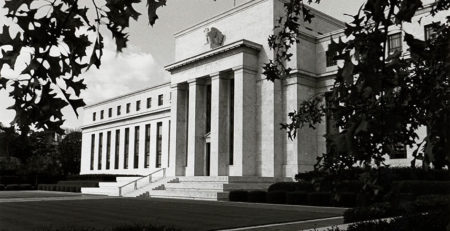Inflationary Pressure Puts the Focus on The Fed
Buying power is a key part of the American economy, and inflation causes pressure on that buying power. With individual dollars now buying fewer goods and services, many consumers are taking a hard look at their finances to see where they can save, resulting in less spending on nonessential goods.
Personal Income Increases
While personal income rose 0.4 percent in January, when adjusted for inflation, this meant that the actual growth was approximately 0.2 percent. Consumer spending also rose by 0.2 percent. When inflation is taken into account, however, the result was actually a drop in purchasing by 0.3 percent.
The Fed has set a target for inflation at 2 percent, arguing that it results in stability. When inflation is too high, it results in unstable market conditions, which reduce the likelihood of accurate market decisions. Too low, and the economy may reverse into deflation, resulting in prices and wages falling. This encourages saving as prices tumble and exacerbates the issue. This outlook is consistent with other central banks, including the Bank of England.
The current proposed government policies of increased spending and tax cuts mean that inflation could also be pushed higher if it remains uncontrolled.
Higher Interest Rates?
Raising interest rates encourages consumers to save, resulting in less money in the economy. This forces retailers and suppliers to drop prices to encourage more spending in their stores, decreasing the effect of inflation. While inflation has been historically low, particularly given that oil prices have been declining over the past few years, if it rises significantly, it can harm consumers and overall investment. The Fed may step in with a small interest rate rise, with traders predicting an 80 percent likelihood of a March interest rate rise on March 14 or 15.
Further interest rate increases are also possible, with policymakers indicating that they may raise interest rates three more times throughout 2017. This, of course, is dependent on market conditions, as the Fed ultimately responds to market realities.
What This Means for Gold Investors
Traditionally, gold prices drop during interest rate rises, and that’s consistent with current pricing. Markets are factoring in the likelihood of an interest rate rise already, resulting in a drop from $1,257.32 per ounce on Feb. 26 to $1,207.75 per ounce on March 9. In addition, the stronger dollar is also having an impact on gold prices. Similar effects can be seen on silver and platinum.
Gold prices are resilient, however, and traditionally much more stable than either the dollar or the current economic climate. Uncertainty may cause a momentary blip, but overall financial uncertainty typically drives people toward precious metals, thus increasing prices over time.
With the focus on the Fed and inflation, investors do well to ensure a healthy balance of gold in their portfolios. Holding gold in your retirement funds — or looking into gold IRAs for stability — is a smart idea regardless of inflation, the performance of the dollar or economic uncertainty.






